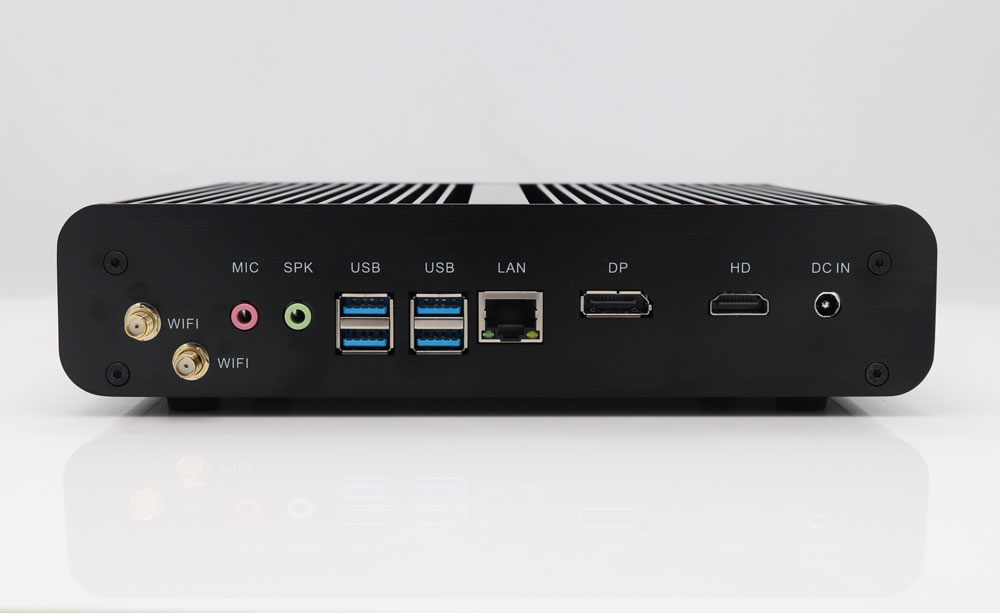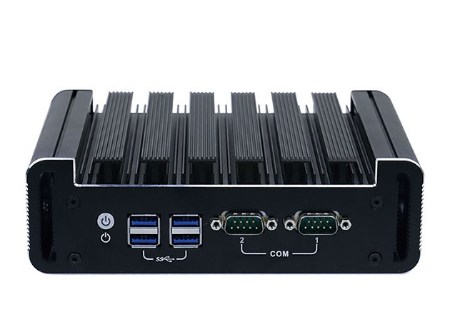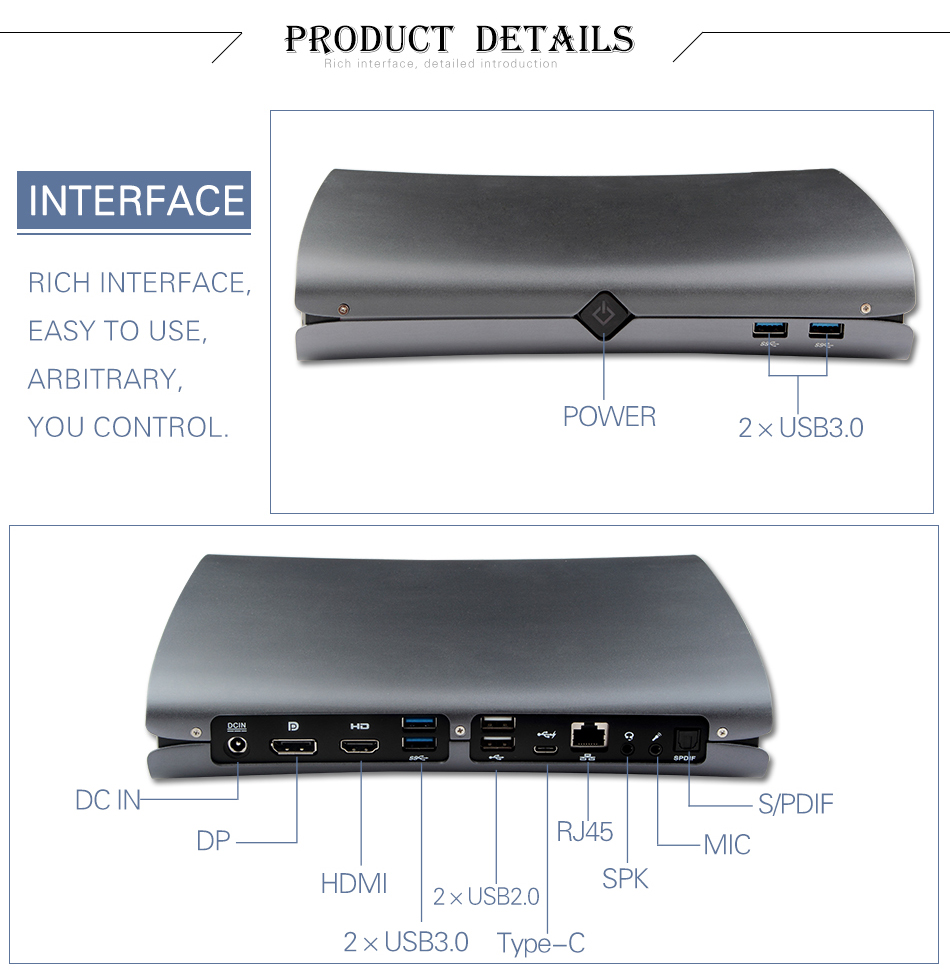Display Port (DP) is a digital video interface standard standardized by the Video Electronics Standards Association (VESA) developed by the Alliance of PC and Chip Manufacturers. The interface is authentication-free and license-free. It is mainly used for connecting video sources and monitors, and also supports audio, USB and other forms of data.
This interface is designed to replace the traditional VGA, DVI and FPD-Link (LVDS) interfaces. The interface is Backward Compatibility with legacy interfaces such as HDMI and DVI through active or passive adapters.
(Backward Compatibility, also known as Downward Compatibility. In a computer, after a program or class library is updated to a newer version, the document or system created with the old version of the program can still be operated or used normally, or the program developed on the basis of the old version of the class library can still be Normal compilation and running.)

Display Port is the first display communication port that relies on packetized data transmission technology. This packetized transmission technology can be found in technologies such as Ethernet, USB and PCI Express. The Display Port signal is not compatible with DVI or HDMI. However, dual-mode Display Ports are designed to transmit a single-link DVI or HDMI 1.2/1.4 protocol over the communication port, using an external passive connector, selecting the desired signal, and routing the electrical signal from LVDS. Convert to TMDS. Dual-mode Display Ports with passive connectors do not support VGA and dual-link DVI. These communication ports require an active connector to convert the protocols and signals that are required for output. VGA connectors can be powered using the Display Port connector, while dual-link DVI connectors may rely on external power supplies (refer to HDMI, DVI, and VGA compatibility).

Advantage
1. Protocol based on small data packets
Allows easy extension of the Display Port standard
Allow multiple video streams online in separate entities (in future versions)
2. Designed to support the connection between internal chips
Allows direct operation of the display function options to remove the control loop of the display to produce a cheaper and thinner display.
The goal is to replace the LVDS connection inside the laptop panel with a unified link interface.
3. Allow backward compatibility with single DVI/HDMI; dual DVI/HDMI and analog VGA connectors require adapters.
4. Support RGB and YCbCr color space (ITU-R BT.601 and BT.709 format).
5. Auxiliary channels can be used for touch panel data, USB links, cameras, microphones and more.
6. Less channels and embedded clock frequencies reduce RF interference “RFI”. 7. Support USB Type-C.

Technical specifications
1. DP1.4 up to 32.4Gbps bandwidth, can support 8K 60Hz, 4K 120Hz HDR high resolution.
2.8bit/10bit data transmission
3. Open and scalable standards can accelerate adoption.
4. Support 6, 8, 10, 12 and 16 bit color depth.
5. The full bandwidth of the cable is guaranteed to be 3 meters in length.
The effective transmission bandwidth of 6.1080p is guaranteed to be 5 meters.
7. Supports 128-bit AES Display Port Content Protection (DPCP), version 1.1 supports 40-bit HDCP.
8. Supporting both internal and external links can enable computer manufacturers to reduce costs.

